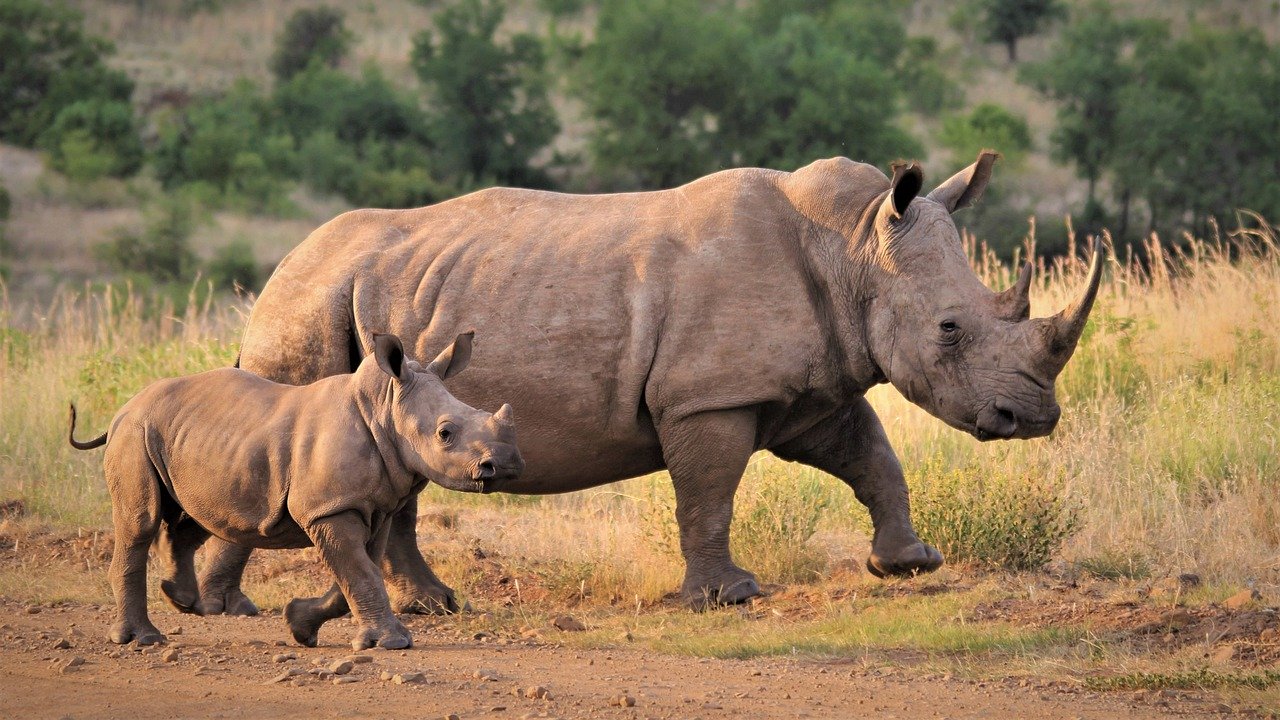British Photographer wins Award drawing attention to “South Africa’s Rhino War”
British photographer Richard Humphries, who recently won an award for his graphic photographic portrait of “South Africa’s Rhino War”, describes the poaching scenes he witnessed in the Kruger National Park as nothing less than a “full-on war”. Richard has a history with South Africa, having lived in the country, with his wife Jill, for three years from […]
British photographer Richard Humphries, who recently won an award for his graphic photographic portrait of “South Africa’s Rhino War”, describes the poaching scenes he witnessed in the Kruger National Park as nothing less than a “full-on war”.
Richard has a history with South Africa, having lived in the country, with his wife Jill, for three years from 2009 to 2012 (and they “LOVE it”), but when he visited earlier this year, from their new base in Malaysia, he was shocked by what he came across.
Richard told SAPeople that he returned “for a visit with the intention to explore the Rhino story while I was there.
“Nothing could have prepared me for what I saw. I can only describe it as a full-on war – a war between the anti-poaching teams, and well-armed, well-funded, criminal syndicate gangs.”
He cites Limpopo and Mpumalanga province as representing the front line of this Rhino War, with the small town of Hoedspruit – where he was based with Protrack anti-poaching unit – as being the “Forward Operating Base” for anti-poaching teams, thanks to its proximity to the Kruger.
In his entry, which won him the Neutral Density Photo Award for Special Photographer of the Year, Richard explains that “Anti-Poaching teams provide security for the game parks within the Kruger area by using highly trained units to patrol large game areas,” but he adds that “despite being well trained, heavily armed, and connected to a deep intelligence network, the Anti-Poaching units often find themselves one step being the criminal gangs.”
Richard’s award-winning photos were all taken in January and February this year in the Kruger Park area…and reveal some of the true horror of the poaching that is driving a species to extinction.
Please Note: Some of these pictures may upset some viewers:
In “South Africa’s Rhino War”, Richard points out that:
- The Tragic Numbers
A record 1,004 rhinos were killed in South Africa in 2013, up from 668 in 2012, a 50 per cent increase in just one year. If this trend continues in 2014 we will reach the tipping point for Rhinos by the end of the year. By the end of 2014 we will start to be in the negative in terms of deaths and poaching outstripping birth, and the population will start to decline very quickly. - The Endangered Lists
According to the 2013 IUCN Red List the Southern White Rhino is near threatened and the Black Rhino is critically endangered. - The Insatiable Demand
A seemingly insatiable demand for Rhino horn from the medicine markets of Vietnam and China is feeding this madness. Driven by a common belief in Asia that ground-up rhino horns can cure cancer and other ills, the trade has been embraced by ruthless criminal syndicates that normally traffic drugs and guns, but have now branched into the underground animal parts business because it is seen as a low risk, high profit enterprise. - The Value
Rhino horn is now worth more than gold and cocaine on the black market.
As Richard writes, “rhino poaching is fast becoming an epidemic, and one of the most pressing conservation issues in the world today.”
Let’s hope that more international figures like Richard bring attention to this crisis in our land, and on our planet, and that we can turn the tide and save the Rhino. We need all the help we can get…
View more of Richard Humphries’ award-winning “South Africa’s Rhino War” photographs.


